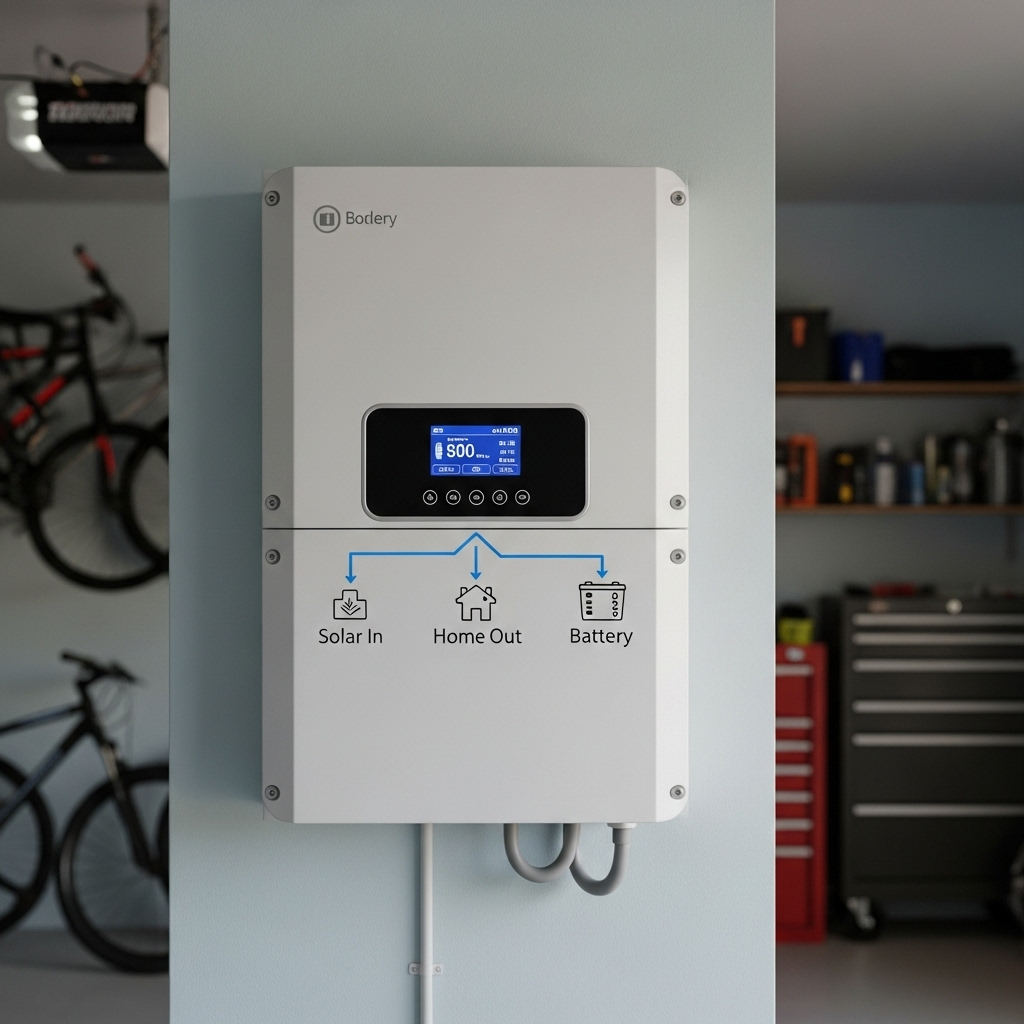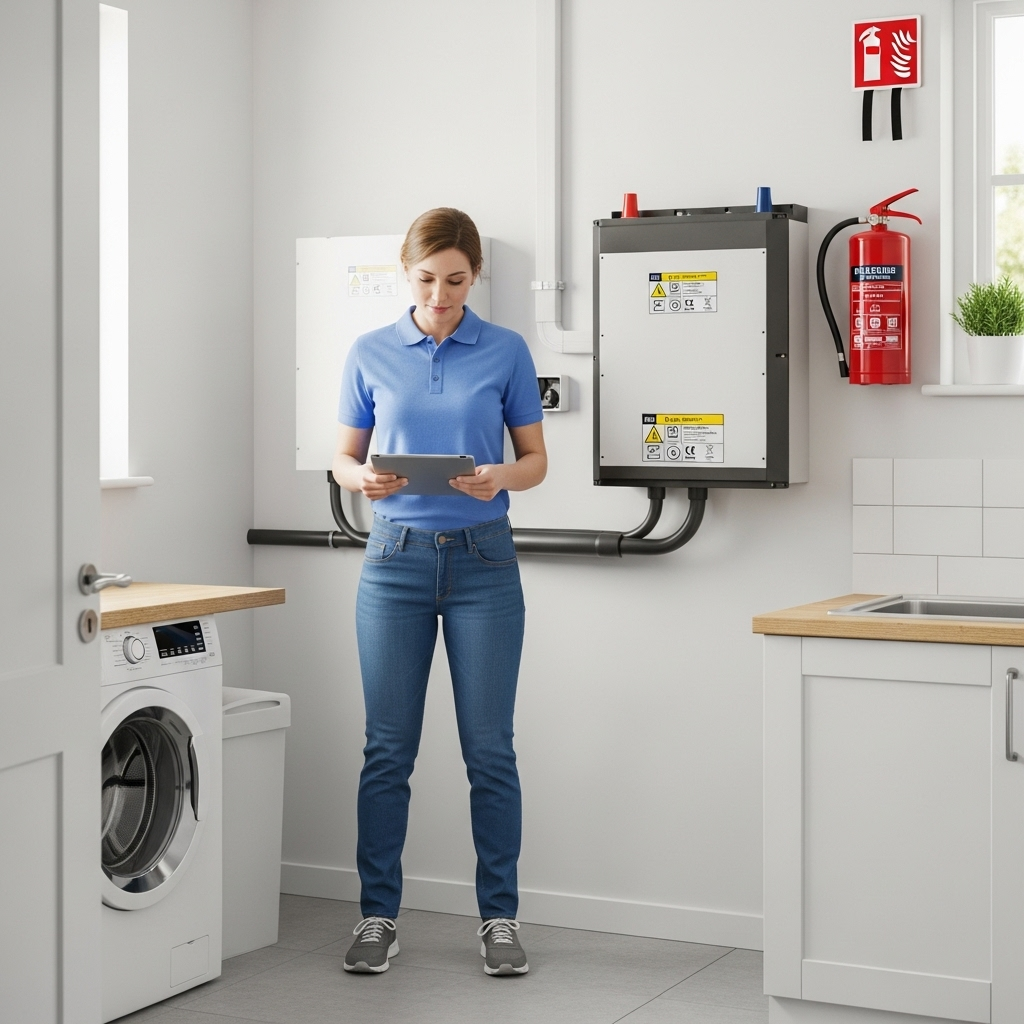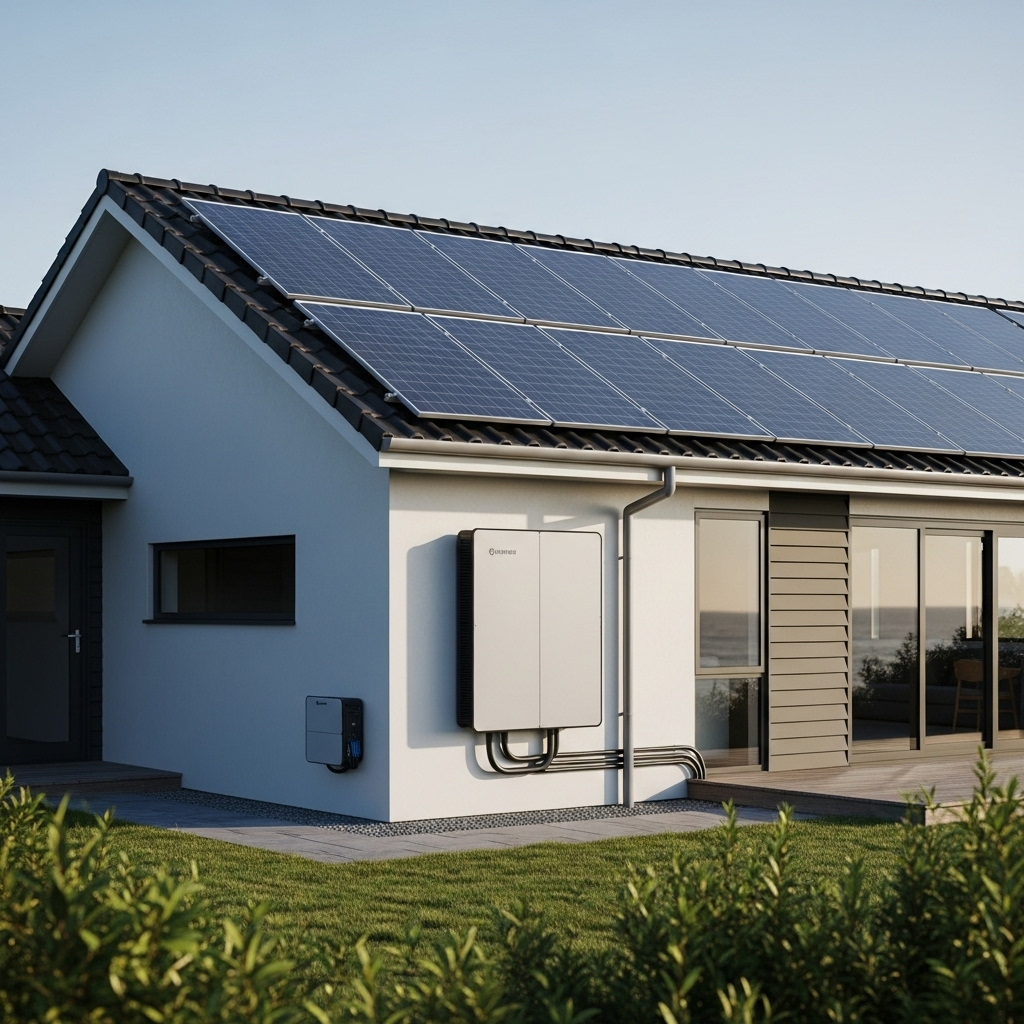A home battery system is a significant step toward energy independence, providing reliable backup power and reducing reliance on the grid. To ensure this investment delivers long-term value, proper care is essential. Neglecting basic maintenance can lead to reduced performance, a shorter lifespan, and expensive repairs. Understanding common pitfalls is the first step to protecting your system.
Many homeowners unknowingly make simple errors that degrade their battery's health over time. These missteps can compromise the efficiency and reliability you depend on. This overview identifies nine critical home battery maintenance mistakes and provides straightforward, actionable advice to help you avoid them, ensuring your energy storage system operates at its best for years to come.
Operating in Harmful Temperatures
Ignoring Extreme Heat
Heat is a primary adversary of battery longevity. Operating a home battery, such as a LiFePO4 unit, in excessively high temperatures accelerates the degradation of its internal components. For every 10°C above its ideal range (around 25°C), a battery's aging process can effectively double. High heat forces the system's cooling mechanisms to work overtime, consuming more energy and increasing wear. To prevent this, install the battery in a cool, insulated location like a garage or basement, away from direct sunlight and heat-producing appliances.
Overlooking Cold Weather Effects
Just as heat is damaging, extreme cold also impairs battery function. Low temperatures can reduce a battery's capacity and its ability to deliver power efficiently. Charging a lithium-ion battery below freezing (0°C or 32°F) can cause permanent damage. If you live in a cold climate, ensure your battery is in a temperature-controlled space. Some systems have built-in heaters, but placing them in an insulated area is the most effective strategy to preserve their health and performance.
Neglecting Physical Upkeep
Skipping Regular Visual Inspections
Consistent visual checks are a simple yet effective part of any homeowner battery checklist. Once a month, take a few minutes to inspect your system. Look for accumulations of dust or debris on the unit and its vents, as these can obstruct airflow and lead to overheating. Check for any signs of corrosion on terminals, physical damage to the casing like cracks or swelling, or loose connections. Addressing these minor issues promptly can prevent them from escalating into more significant, costly battery errors.
Allowing Poor Ventilation
Proper airflow is critical for thermal management. A battery system generates heat during operation, and its vents are designed to dissipate this heat effectively. Blocking these vents with boxes, furniture, or other items traps heat, which can cause the system to overheat and reduce its efficiency and lifespan. Ensure there is adequate clearance around your battery unit as specified by the manufacturer to allow for unrestricted airflow.
Disregarding System Management
Ignoring Software and Firmware Updates
Modern battery systems are managed by sophisticated software known as a Battery Management System (BMS). Manufacturers regularly release firmware updates to improve performance, enhance safety features, and optimize efficiency. According to a report from Volt Coffer, firmware plays a pivotal role in managing battery health by controlling charging cycles and monitoring the state of charge. Skipping these updates is like neglecting a free tune-up; you miss out on critical improvements that can extend your battery's life and ensure it runs safely. Always install updates when they become available through the system's app or interface.
Incorrect Charging and Discharging Habits
How you charge and discharge your battery directly impacts its health. While LiFePO4 batteries are robust, they perform best when not constantly pushed to their limits. Avoid frequently draining the battery to 0% or leaving it at 100% for extended periods. A best practice is to operate the battery between 20% and 80% State of Charge (SoC) for daily use. As explained in the Ultimate Reference for Solar Storage Performance, managing the Depth of Discharge (DoD) is crucial for maximizing cycle life. Setting charging limits in your system's app is an easy way to automate this process and reduce stress on the battery cells.
Overloading the System
Every battery system has a maximum power rating (kW) and capacity (kWh). Overloading the system by trying to run too many high-power appliances at once can strain the battery and inverter, potentially triggering a shutdown or causing damage. Be aware of your system's limits and manage your energy usage accordingly, especially when operating off-grid or during a power outage. Distribute heavy loads and avoid running everything simultaneously.
Avoiding Professional Help
Using Incompatible Components
A home energy storage system is more than just a battery; it includes an inverter, chargers, and sometimes solar panels. These components are designed to work together seamlessly. Using an incompatible or non-recommended charger can lead to improper charging, which may damage the battery. According to the International Renewable Energy Agency's research on Innovation Outlook: Smart charging for electric vehicles, standardization and interoperability are key for efficient energy systems. Always use components that are certified to work with your specific system to avoid costly battery errors and safety hazards.
Skipping Annual Professional Maintenance
While many maintenance tasks are simple, some require professional expertise. An annual inspection by a qualified technician is a valuable investment. Professionals can perform diagnostics, test battery capacity, check electrical connections, and ensure the system is compliant with safety standards. As noted in an IRENA report, having appropriately trained technical staff for servicing is advisable to ensure long-term performance. This proactive step helps catch underlying issues before they become major problems, protecting your investment and ensuring continued reliability.
Final Thoughts on System Longevity
Your home battery is the core of your energy independence. By avoiding these nine common mistakes, you can safeguard its performance and extend its operational life. Proactive care, from simple visual checks to timely software updates and professional inspections, ensures your system remains a reliable and efficient source of power. A well-maintained battery not only saves you from costly repairs but also provides peace of mind, keeping your home powered when you need it most.
Disclaimer: This article is for informational purposes only and does not constitute professional financial or electrical advice. Always consult with a qualified professional before making decisions about your energy system.
Frequently Asked Questions
How often should I inspect my home battery?
A quick visual inspection should be performed monthly. Check for dust, debris, and any signs of damage or corrosion. Also, monitor your system's performance regularly through its mobile app or online portal to catch any unusual behavior early.
Can I perform all maintenance myself?
You can perform basic tasks like cleaning and visual inspections. However, tasks like capacity testing, electrical diagnostics, and component replacement should be handled by a qualified technician. An annual professional check-up is recommended for optimal performance and safety.
What is the ideal temperature for my battery?
Most lithium-ion batteries, including LiFePO4, perform best between 15°C and 25°C (59°F and 77°F). While they can operate in a wider range, avoiding extreme heat or cold is crucial for maximizing their lifespan.
Does my home battery warranty cover these mistakes?
Typically, warranties cover manufacturing defects, not damage caused by improper maintenance, environmental conditions, or misuse. Neglecting the care guidelines outlined by the manufacturer could void your warranty, making it even more important to follow these best practices.





Leave a comment
All comments are moderated before being published.
This site is protected by hCaptcha and the hCaptcha Privacy Policy and Terms of Service apply.